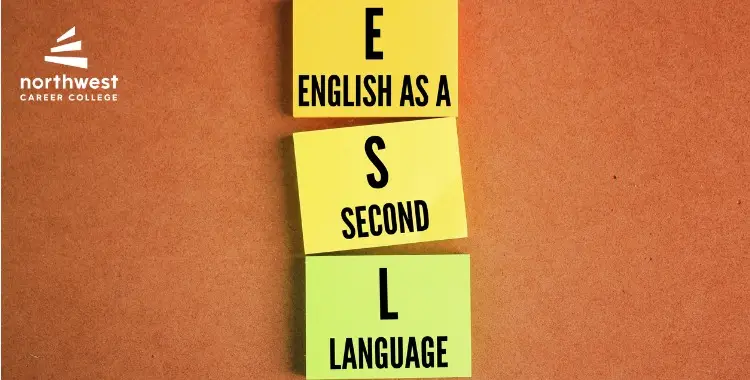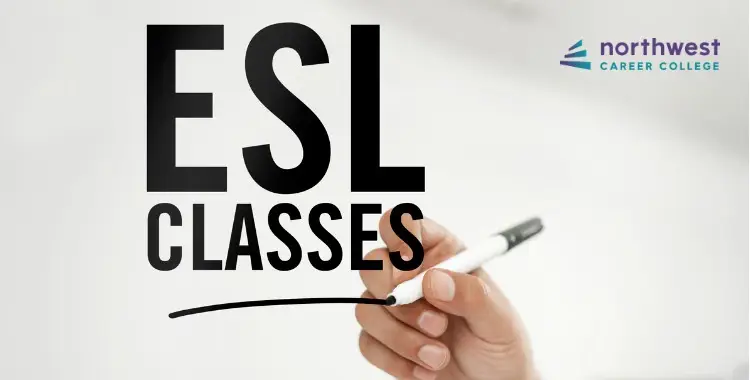Learning Styles for Languages
- ESL Courses
- March 11, 2024
- 3.8k views
- 5 min read

The idea of individualized learning styles became popular in the 1970s, with the common concept being that individuals differ in how they learn.
Proponents of individualized learning styles recommend that teachers assess the learning styles of their students and adapt their classroom methods to best fit each student’s learning style and there is ample evidence that individuals express preferences for how they prefer to receive information.
With that in mind, here is our breakdown of the four main learning styles and how you can cater to ESL students with those particular styles.
Table of Contents
Learning Styles for Languages
Visual Learners
Students with an inclination for visual learning are partial to seeing and observing educational materials, such as pictures, diagrams, written directions and more. Visual learners are also referred to as “spatial learners” on some occasions.
Pupils who learn through sight comprehend information better when it’s displayed in a visual form. These are your doodling students, your list makers and your students who take notes.
The whiteboard is your best friend when teaching visual learners. Teachers should create opportunities to draw pictures and diagrams on the board, or ask students to doodle examples based on the topic they’re learning.
Teachers catering to visual learners should regularly make handouts and use presentations. Visual learners may also need more time to process material, as they observe the visual cues before them. So be sure to give students a little time and space to work through the information.
Auditory Learners
Auditory learners tend to learn better when the subject matter is reinforced by sound. These students would much rather listen to a lecture than reading written notes, and they often use their own voices to reinforce new concepts and ideas.
These are the students who like to read out loud to themselves, aren’t afraid to speak up in class and are great at verbally explaining things. Additionally, they may be slower at reading and may repeat things a teacher tells them.
Since these students can sometimes find it hard to keep quiet for long periods of time, get your auditory learners involved in the lecture by asking them to repeat back new concepts to you.
Ask questions and let them answer. Invoke group discussions so your auditory and verbal processors can properly take in and understand the information they’re being presented with. Watching videos and using music or audiotapes are also helpful ways to engage with auditory learners.
Kinesthetic Learners
How to recognize kinesthetic learners in your class: Kinesthetic learners or “tactile” learners learn through experiencing or doing things. They like to get right in the thick of things by acting out events or using their hands to touch and handle in order to understand concepts.
These are the students who might struggle to sit still, might be good at sports or like to dance, need to take breaks when studying and might not have great handwriting.
The best way teachers can help these students learn is by getting them moving. Teachers should instruct students to act out a certain scene from a history lesson they’re teaching.
Additionally, they should encourage these students by incorporating movement into lessons: pacing to help memorize, learning games that involve moving around the classroom or having students write on the whiteboard as part of an activity.
Once these students can physically sense what they’re studying, abstract ideas and difficult concepts will be easier to understand.
Reading/Writing Learners
Reading/writing learners prefer to learn through written words. While there is some overlap with visual learning, these types of learners are drawn to expression through writing, reading articles on the internet, writing in diaries, looking up words in the dictionary and searching the internet for just about everything.
This is probably the easiest learning style to cater to since most of the educational system provides lots of opportunities for writing essays, doing research online and reading books. Allow plenty of time for these students to absorb information through the written word, and give them opportunities to get their words out on paper as well.
Experienced, Efficient And Free For Students
The benefits of taking an ESL course are clear. By improving your English skills you gain better access to education, a better-earning potential, a better social life and even better results from healthcare. We here at Northwest Community College are committed to enhancing our student’s lives, which is why we are proud to offer our ESL courses free of charge to our students and to extend that offer to their families.
Our seasoned language teachers are experienced in working with international students from all over the world and are there to help you get the most from your classes. To help your lessons fit in with your work and home life we also offer day and weekend classes. If you are interested in taking advantage of this excellent opportunity then call one of our ESL councilors today on (702) 403-1592.



